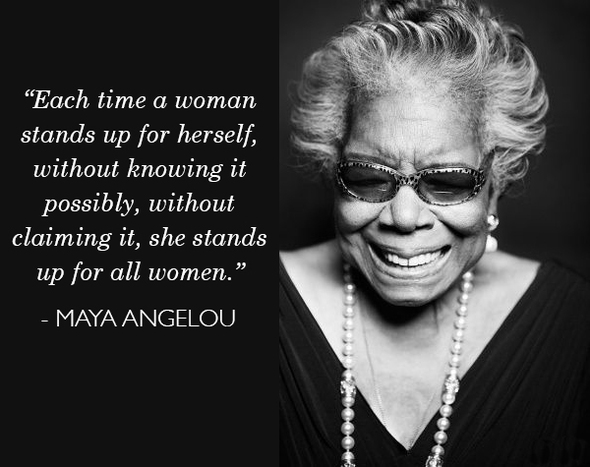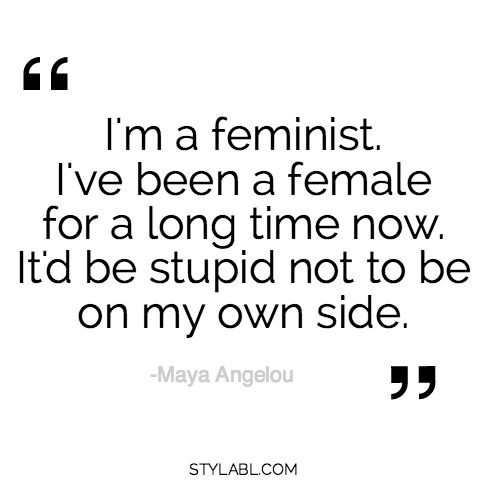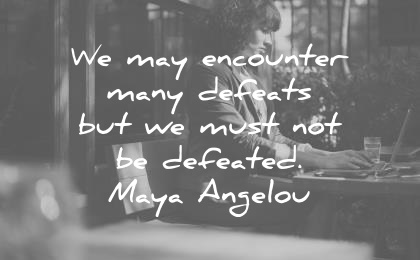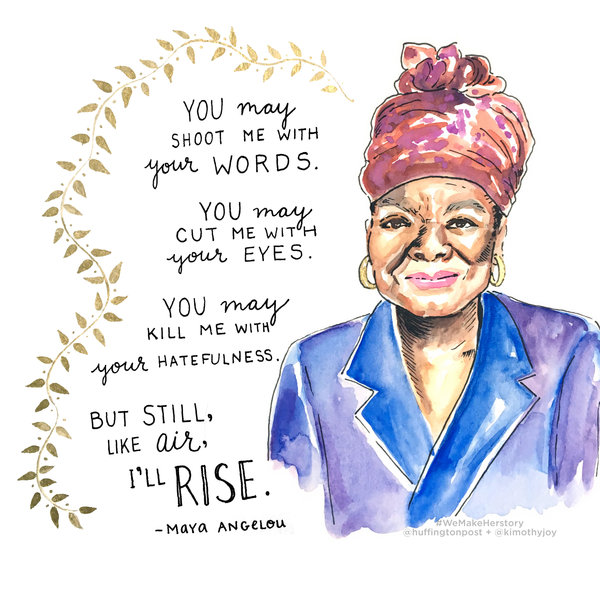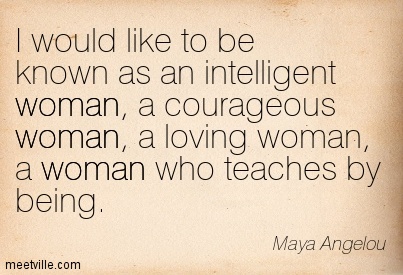
“There’s no place like home. There’s no place like home.” Everyone, repeat it with me. “There’s no place like home.” I know we’re all feeling a bit of the cabin-fever felt by Jack Nicholson in The Shining (although, you know, hopefully to a significantly lesser extent), but let’s risk sounding like a broken record… we are lucky if we have the ability to stay home! We know money must be tight, but without the ability to put a price tag on our or our loved one’s lives we are extremely fortunate to have this ability. So in our opinion, “There’s no place like home” is possibly a great mantra to repeat to ourselves every morning. And every evening. And every afternoon. You know, just until it sinks in.
This extremely famous quote (mantra), brings us to today’s blog, however. On this day in 1919, 101 years ago, L. Frank Baum passed away. While we don’t mean to celebrate his death, we would like to bring attention to this world-famous author today with a few facts about his life! Keep on reading…

1. The “L” in L. Frank Baum stands for Lyman, where he was born Lyman Frank Baum on May 15th, 1856 in Chittenango, New York. The seventh born (out of eventually nine kids) always hated his first name and preferred to be called “Frank”.
2. Baum was a somewhat sickly child, educated at home (with exception to two very uncomfortable years he spent at a military academy between the ages 10-12). Hi father indulged several of his whims and encouraged his eccentricities. Baum was gifted a small printing press as a child and began making a home journal with his younger brother that he would distribute to family and friends for free. He began a Stamp Collectors journal as a teenager, and eventually another on Hamburg chickens. Another eccentricity… as a young man Baum raised fancy chickens! Who knew?
3. I don’t mean to keep going on about these chickens but let’s get back to them for a second – as they were the subject of Baum’s very first published book! At the age of 30, Baum published The Book of the Hamburgs: A Brief Treatise upon the Mating, Rearing, and Management of the Different Varieties of Hamburgs. Okay, I promise to stop harping on about the chickens.
4. Baum had a lifelong love affair with the theater, and dreamed of being on the stage. He did have a short career in it, after his father actually built him his own stage in Richburg, New York. As he was touring with one of his creations – The Maid of Arran (a prototypical musical, for all intents and purposes, based on the novel A Princess of Thule by William Black), the theater back home in Richburg burned down, and in it most copies of Baum’s plays.
5. In 1882, while touring with The Maid of Arran, Baum married one Maud Gage – the intelligent daughter of Matilda Joslyn Gage, a famous feminist and women’s suffrage activist. Baum would be a proponent of women’s rights for the rest of his life, standing strong alongside his wife.
6. As wonderful as it is to hear of a man standing up for women, Baum was not faultless. As tough as this might be to hear, when Baum was living in Abderdeen, South Dakota his emotional response to the death of Sitting Bull prompted him to call for the extermination of all indigenous peoples! After the Wounded Knee Massacre (where the US army killed hundreds of the Lakota tribe, including women and children), Baum reiterated once more, “The Pioneer has before declared that our only safety depends upon the total extirmination [sic] of the Indians. Having wronged them for centuries, we had better, in order to protect our civilization, follow it up by one more wrong and wipe these untamed and untamable creatures from the face of the earth.” Yikes! Some do argue that Baum was actually attempting to generate sympathy for the native tribes by coming out with such a ludicrous statement, but it sure is shocking either way.
7. After having children with his wife Maud, Baum found he had a talent for telling them stories at bedtime. After overhearing one of these stories one night, Baum’s mother-in-law Matilda encouraged him to write one of them down. Baum had a wonderful relationship with Matilda and respected her greatly – if she thought his stories deserved to be published, perhaps she was right! This encouragement would become the impetus for his writing The Wizard of Oz.
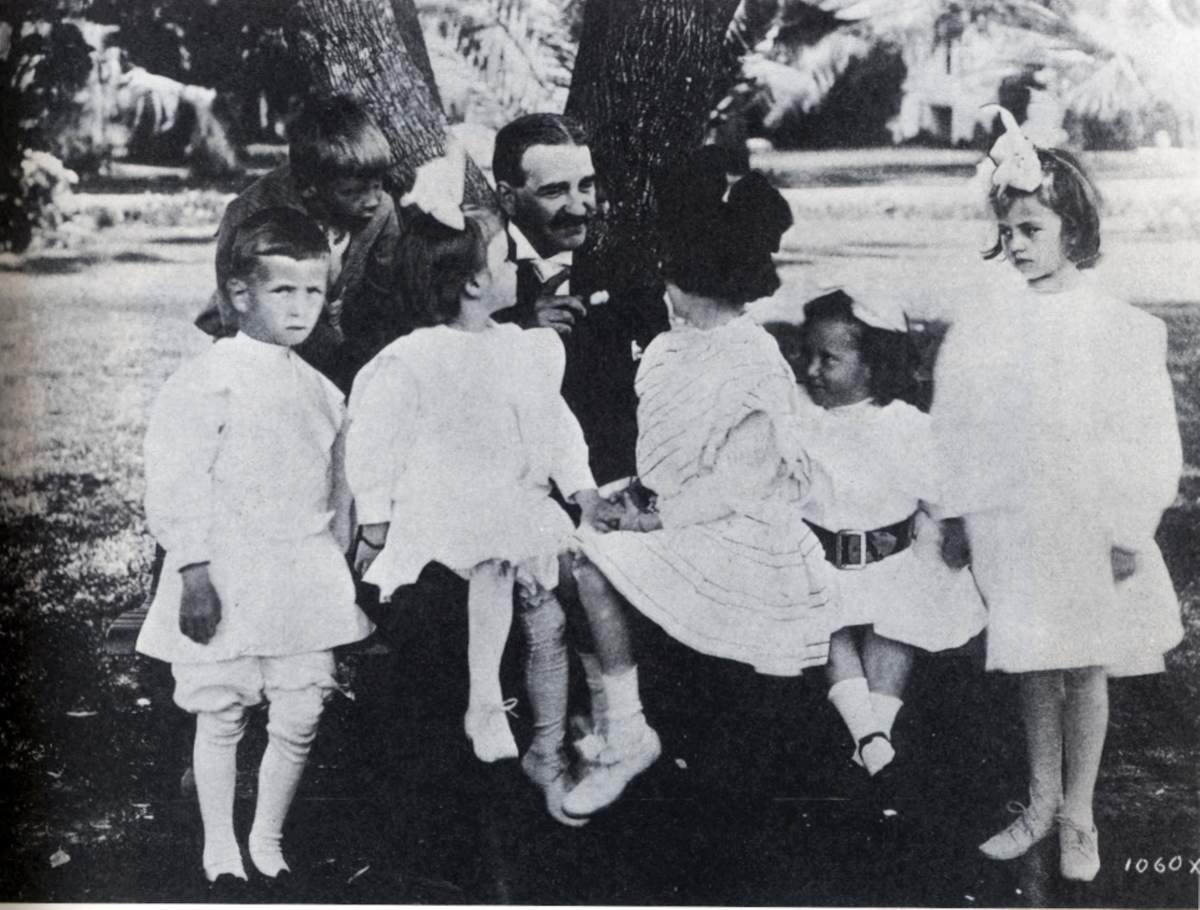
8. The idea for The Wizard of Oz apparently came to Baum very suddenly, and he wrote it all down in pencil. Once he had a working manuscript, he wanted to call it The Emerald City. Unfortunately, his editors did not want to use the name of a jewel in the title (bad luck, apparently – who knew), and as Baum sat in his office he looked over at a file cabinet labeled O – Z. Hence, the land of Oz was created!
9. The first release of The Wizard of Oz, published in 1900, sold out in two weeks. It became an instant classic, and received full critical and literary acclaim. Some consider it America’s first true fairy tale! The book remained a bestseller for two years, and Baum went on to write thirteen more Oz books for a bestselling series.
10. Baum did not only write a book on raising fancy chickens and the Oz series, oh no! He was quite a prolific writer up until his end, and actually published 50 novels, 80 short stories, hundreds of poems, and at least a dozen plays. He wrote under pseudonyms, he wrote articles for journals. And he was a family man. The all around package! (Except for his views on native peoples.)
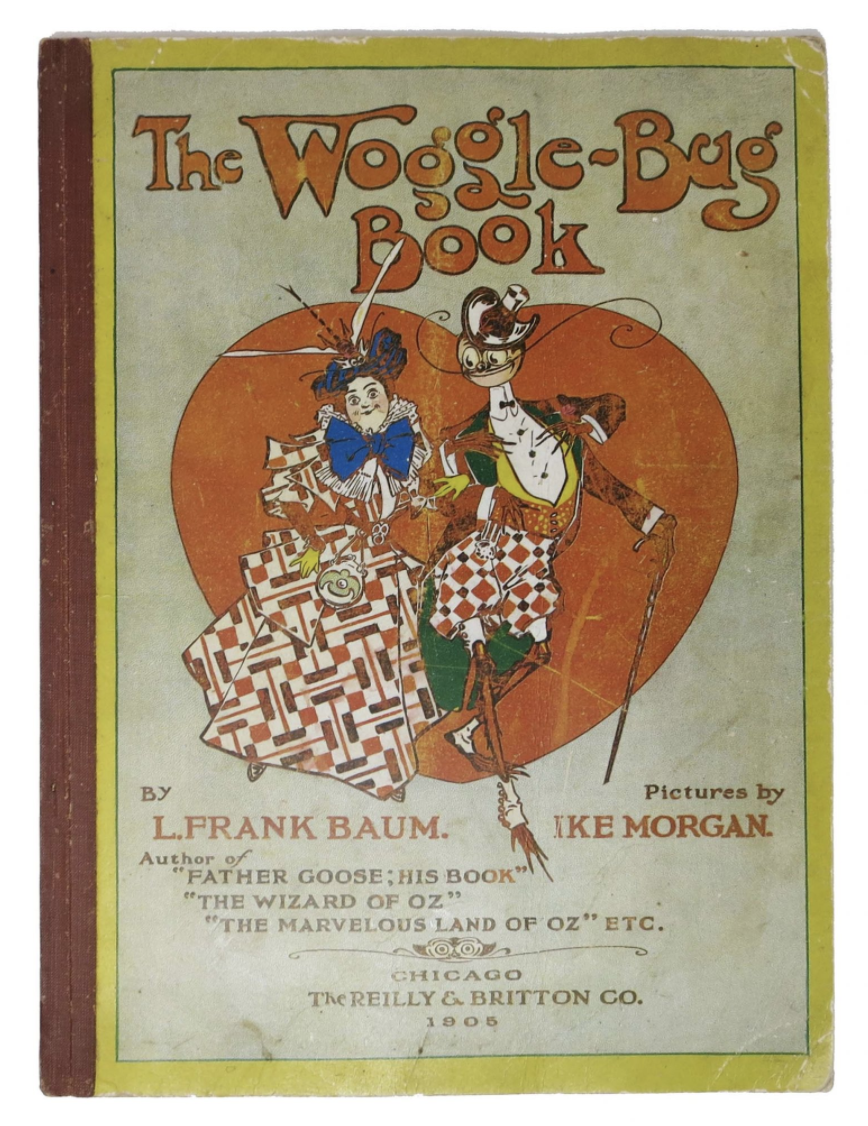
Our 1905 1st edition of The Woggle-Bug Book by Baum, inscribed by him on the copyright page! Check it out here.
Fun fact: The line is NOT “There’s no place like home” in the book! It is actually “I’m so glad to be at home again!” But that doesn’t really have the same ring to it for the opening of this blog so…
Also, Dorothy’s slippers were silver, not red. Bursting all kinds of childhood bubbles over here!
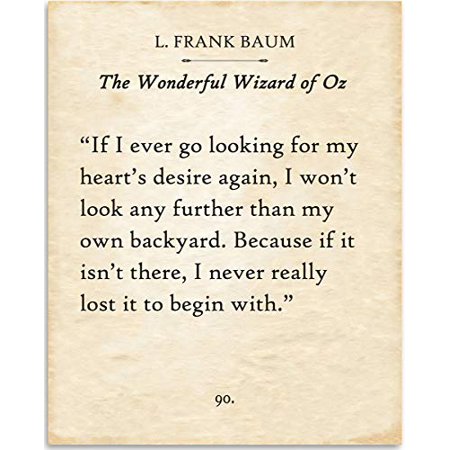
“There’s no place like home!”




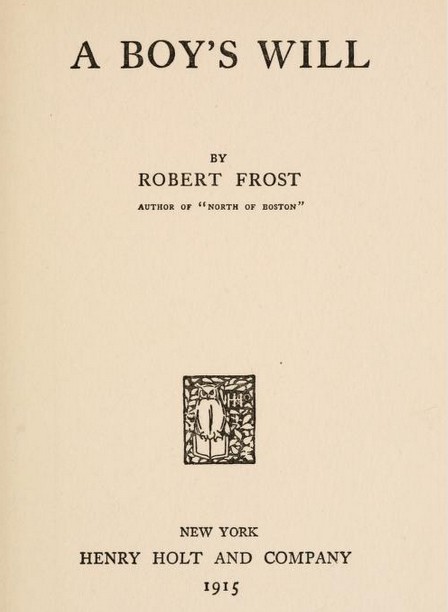
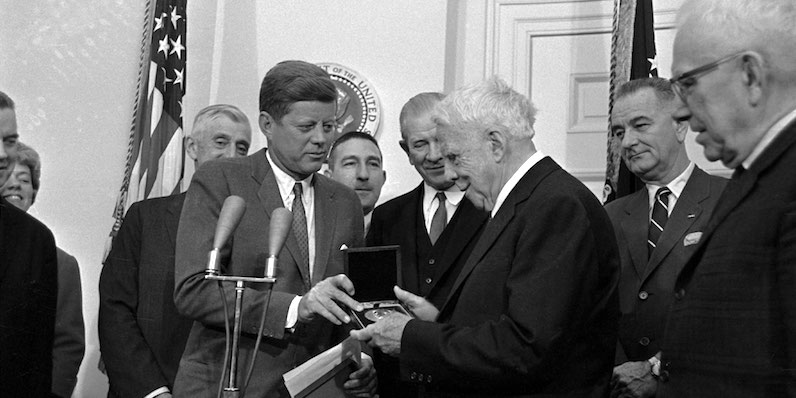
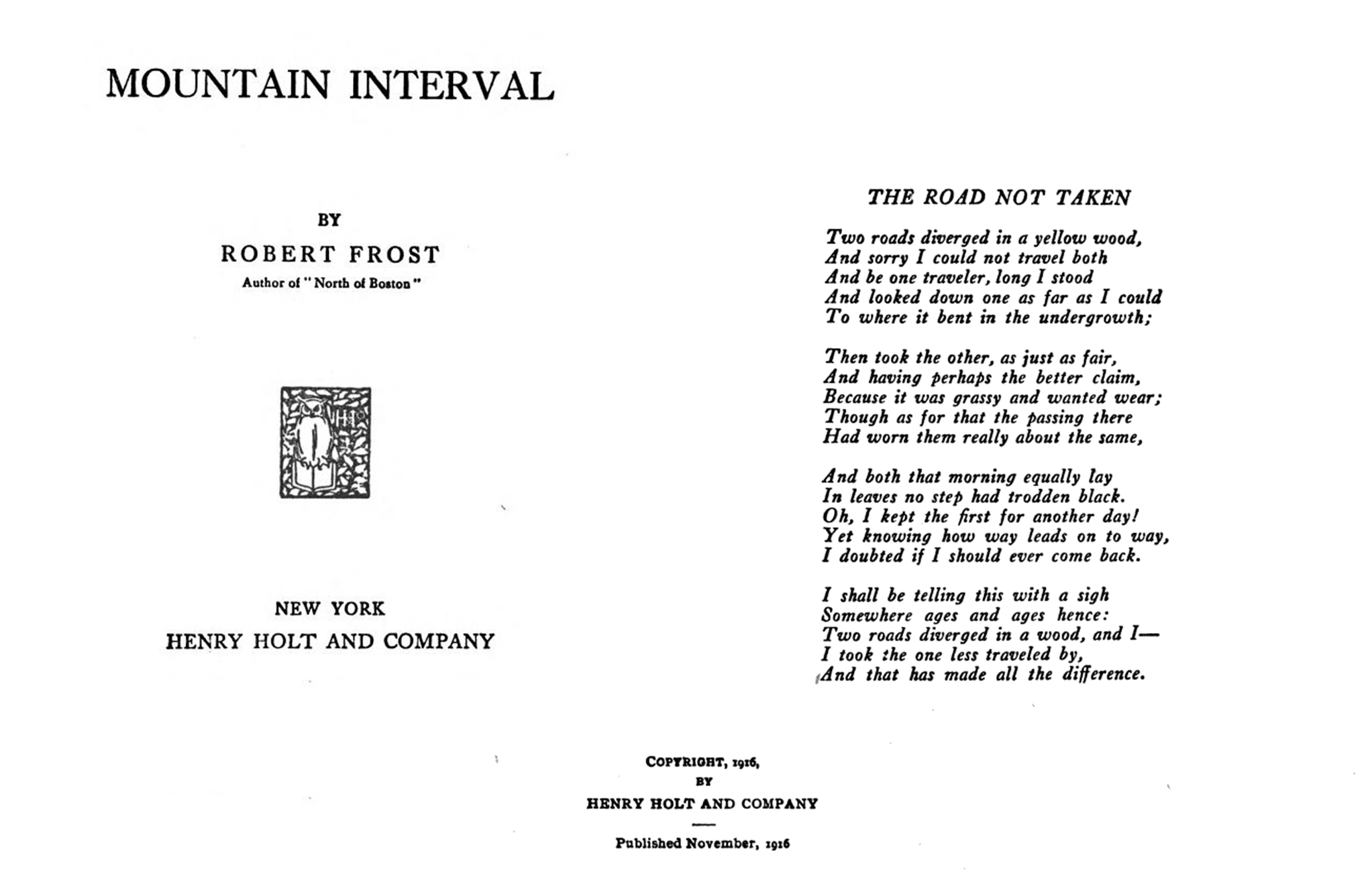
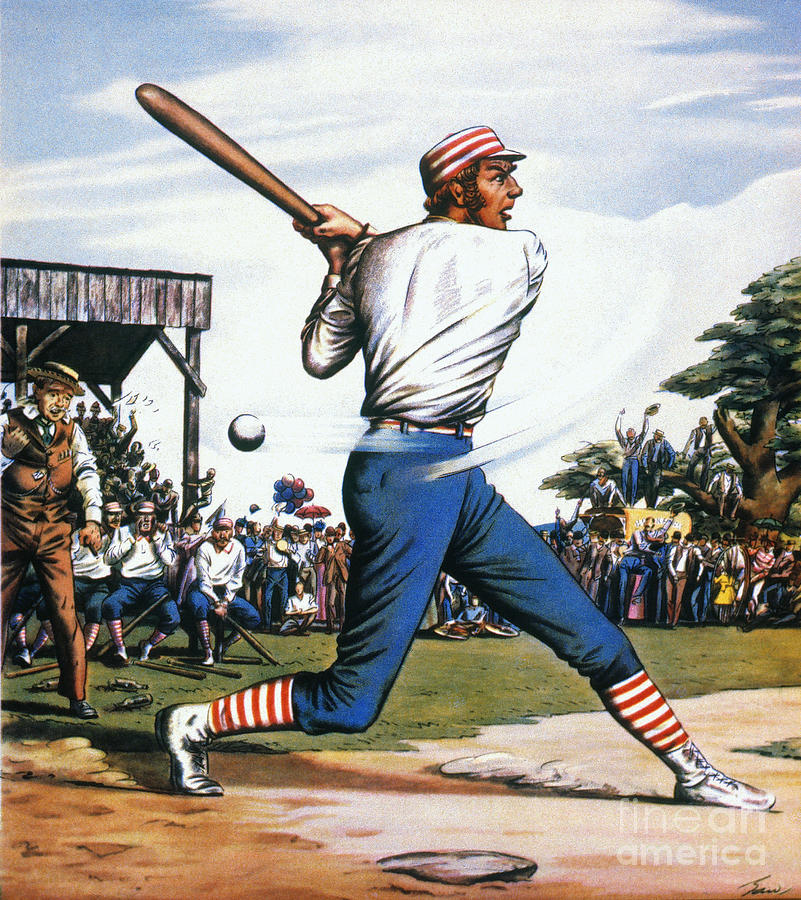
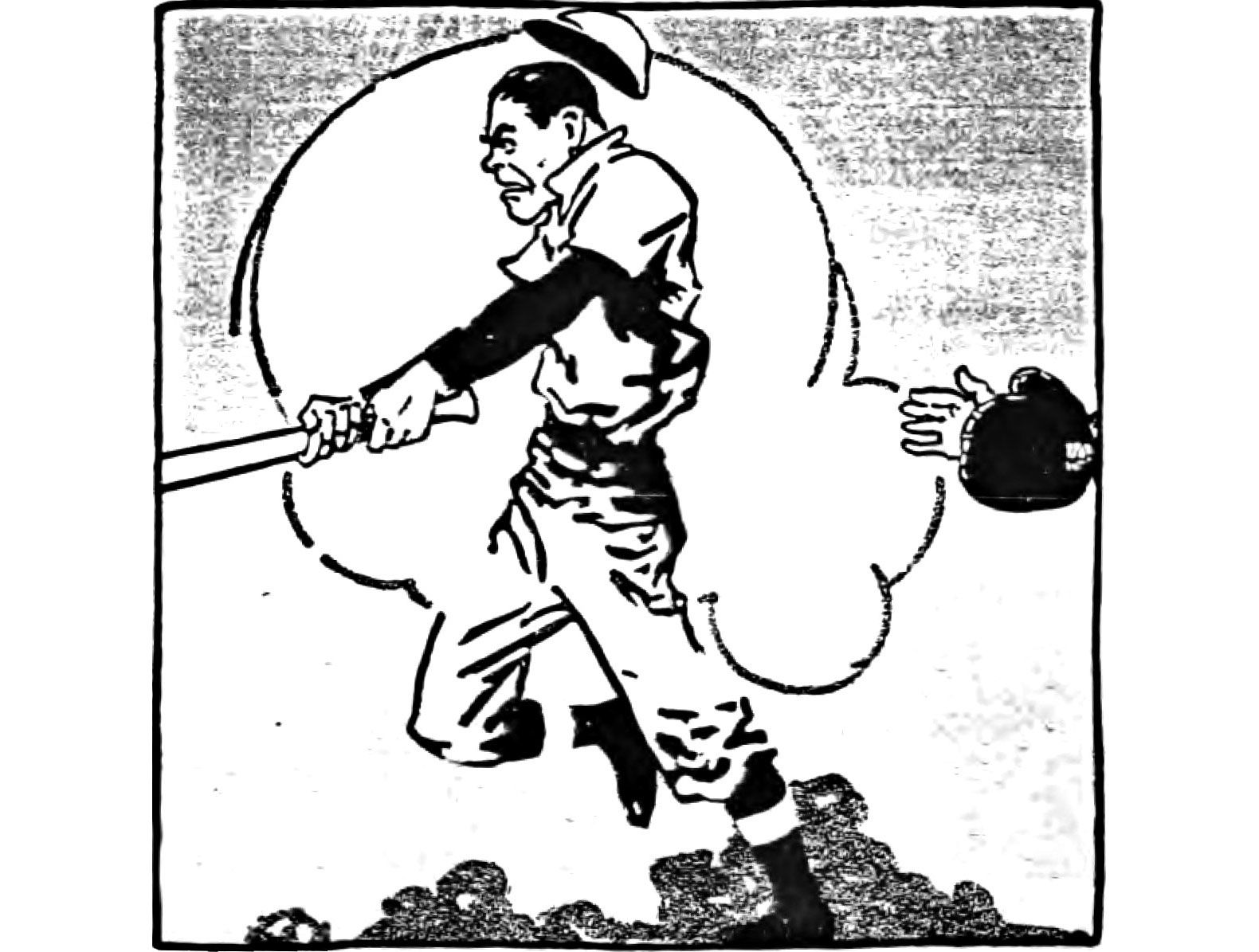
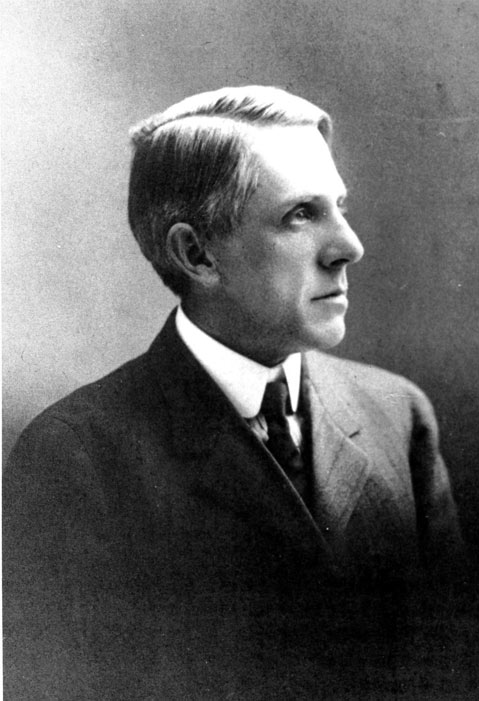 Ernest Thayer was a Harvard educated author, who began working at the age of 24 as a humor columnist for The San Francisco Examiner. On June 3rd, 1888, the elusive author “Phin” published a poem that would become a backbone of both American poetry and baseball. Thayer did not receive credit for the poem for several months (as he was not a boastful man), and when he finally did he was surprisingly close-lipped about it all. He never revealed whether he based the game or the character of Casey on a real player, though many have put forth possibilities.
Ernest Thayer was a Harvard educated author, who began working at the age of 24 as a humor columnist for The San Francisco Examiner. On June 3rd, 1888, the elusive author “Phin” published a poem that would become a backbone of both American poetry and baseball. Thayer did not receive credit for the poem for several months (as he was not a boastful man), and when he finally did he was surprisingly close-lipped about it all. He never revealed whether he based the game or the character of Casey on a real player, though many have put forth possibilities.
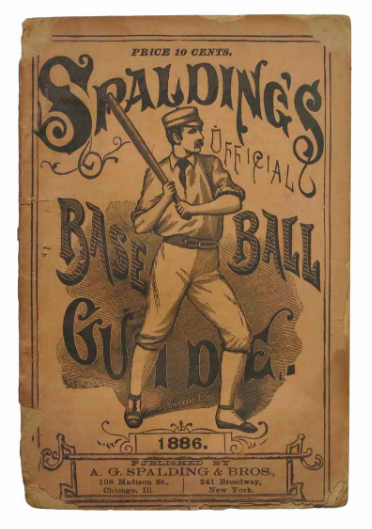
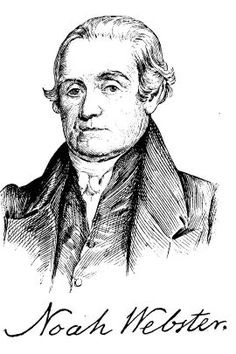
 Webster married Rebecca Greenleaf in 1789, and as she was of good breeding (man, I don’t get to use that phrase often enough) he was able to join higher levels of society in Connecticut than he had been. (They would later have 8 children, but that is neither here nor there.) Due to his beliefs in the revolution and conviction in America’s greatness, one Alexander Hamilton loaned him $1,500 in 1793 to move to New York and become the editor for the Federalist Papers. For the next few decades, Webster spent much of his time being one of the most profuse authors of the time, especially when it came to political reports, but also in regard to textbooks and articles across the board.
Webster married Rebecca Greenleaf in 1789, and as she was of good breeding (man, I don’t get to use that phrase often enough) he was able to join higher levels of society in Connecticut than he had been. (They would later have 8 children, but that is neither here nor there.) Due to his beliefs in the revolution and conviction in America’s greatness, one Alexander Hamilton loaned him $1,500 in 1793 to move to New York and become the editor for the Federalist Papers. For the next few decades, Webster spent much of his time being one of the most profuse authors of the time, especially when it came to political reports, but also in regard to textbooks and articles across the board.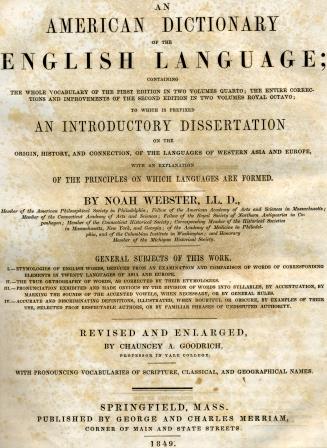
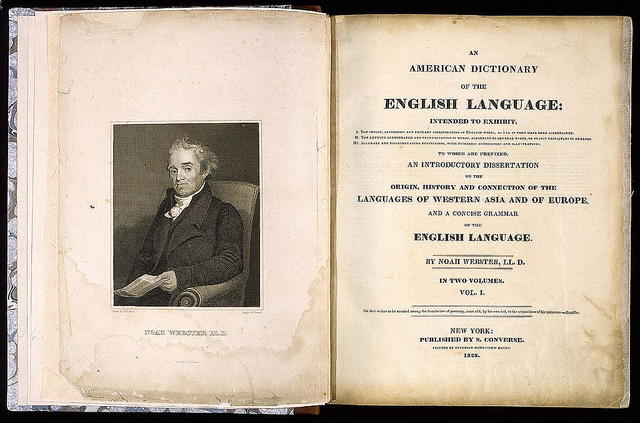

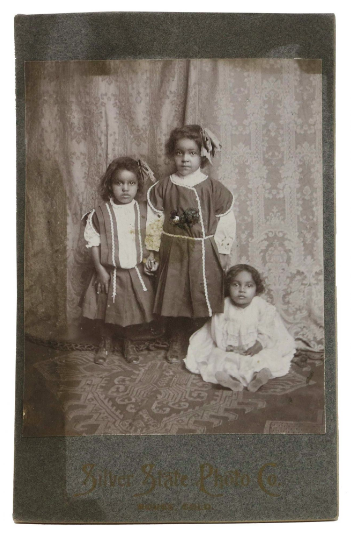



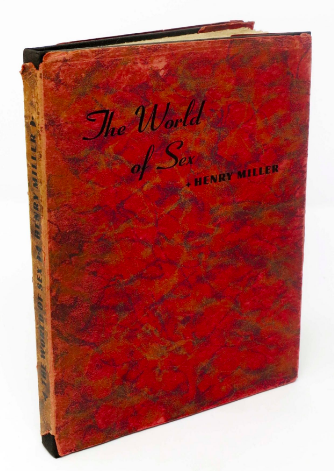
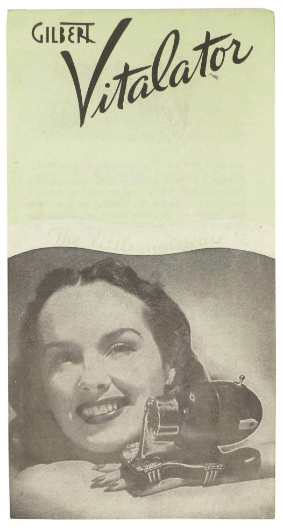
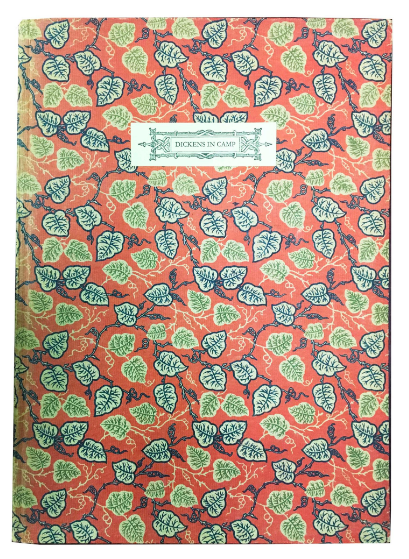
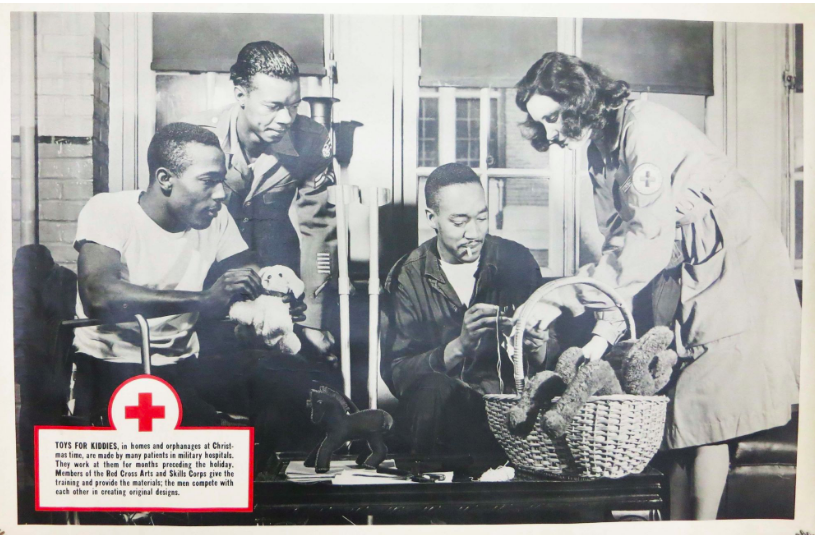
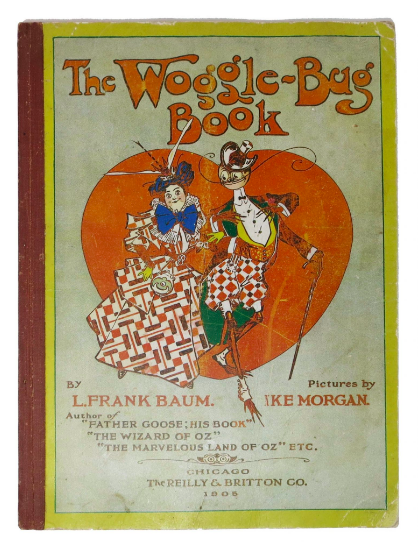


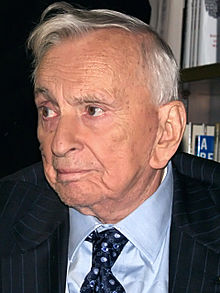 4. We think this quote by Vidal needs no explanation (but everyone please remember that this is Vidal’s quote – not necessarily ours): “There is only one party in the United States, the Property Party … and it has two right wings: Republican and Democrat. Republicans are a bit stupider, more rigid, more doctrinaire in their laissez-faire capitalism than the Democrats, who are cuter, prettier, a bit more corrupt – until recently … and more willing than the Republicans to make small adjustments when the poor, the black, the anti-imperialists get out of hand. But, essentially, there is no difference between the two parties.” Ouch!
4. We think this quote by Vidal needs no explanation (but everyone please remember that this is Vidal’s quote – not necessarily ours): “There is only one party in the United States, the Property Party … and it has two right wings: Republican and Democrat. Republicans are a bit stupider, more rigid, more doctrinaire in their laissez-faire capitalism than the Democrats, who are cuter, prettier, a bit more corrupt – until recently … and more willing than the Republicans to make small adjustments when the poor, the black, the anti-imperialists get out of hand. But, essentially, there is no difference between the two parties.” Ouch!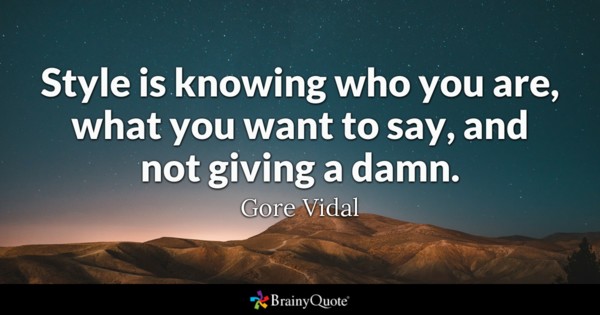
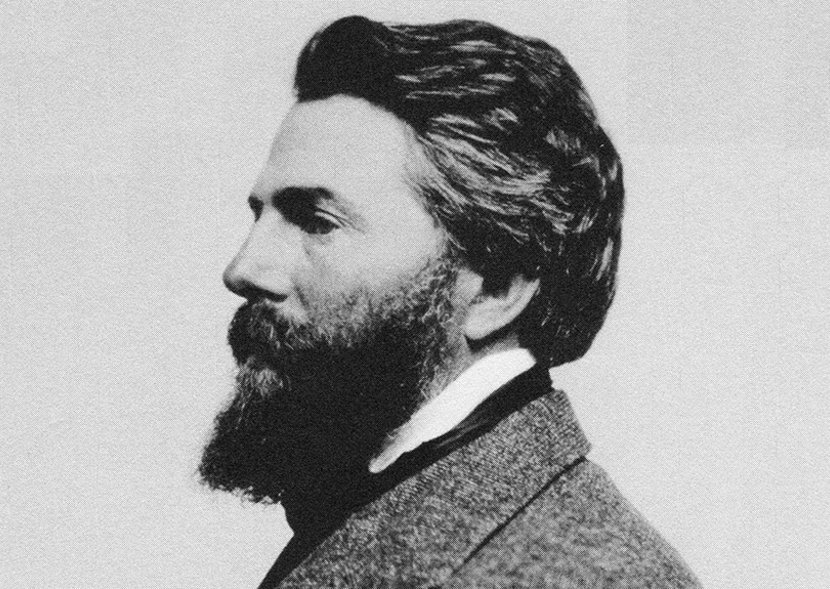
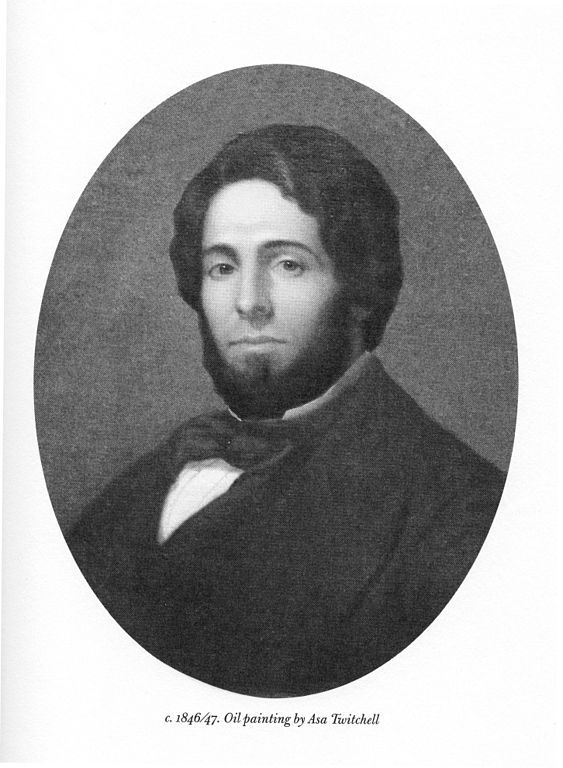 Herman Melvill (yes, that spelling is correct) was born in August of 1819 in New York City. He was the third of eight children born to a merchant and his wife. Though his parents have been described as loving and devoted, his father Allan’s money woes left much to be desired. Allan borrowed and spent well beyond his means, and after contracting what researchers imagine as pneumonia on a trip back to Albany from New York City, he abruptly passed away when Herman was merely 13 years old. Herman’s schooling ended as abruptly as his father’s life, and he was given a job as a clerk in the fur trade (his father’s business) by his uncle. Sometime around this time, Herman’s mother changed the spelling of their last name by adding an “e” to the end. History is still unsure as to why she would have done this – to sound more sophisticated, to hide from debt collectors… we may never know! But that simple “e” will live on forever, that is for sure.
Herman Melvill (yes, that spelling is correct) was born in August of 1819 in New York City. He was the third of eight children born to a merchant and his wife. Though his parents have been described as loving and devoted, his father Allan’s money woes left much to be desired. Allan borrowed and spent well beyond his means, and after contracting what researchers imagine as pneumonia on a trip back to Albany from New York City, he abruptly passed away when Herman was merely 13 years old. Herman’s schooling ended as abruptly as his father’s life, and he was given a job as a clerk in the fur trade (his father’s business) by his uncle. Sometime around this time, Herman’s mother changed the spelling of their last name by adding an “e” to the end. History is still unsure as to why she would have done this – to sound more sophisticated, to hide from debt collectors… we may never know! But that simple “e” will live on forever, that is for sure.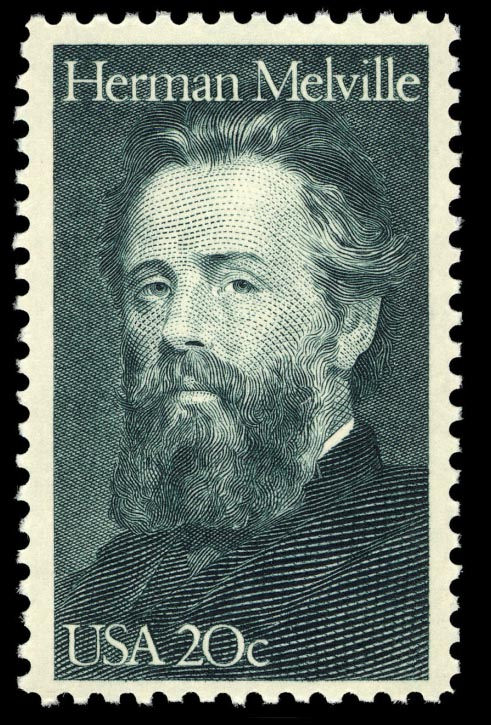 In May of 1831 Melville signed up as a “boy” (a newbie, for all intents and purposes) on a merchant ship called the St. Lawrence, and went from New York to Liverpool and back. That experience successful (and what with a longstanding obsession with the true story of the search for the white sperm whale called Mocha Dick), he decided to join the Acushnet for a whaling voyage in 1841. After a few months on board, Melville decided to jump ship with another deckhand in the Marquesas Islands after several reported disagreements with the captain of the ship. Expecting to come across cannibalistic natives, Melville was (unsurprisingly) pleased to find out that the natives were accommodating and friendly – a fact which he would later address in his 1845 novel Typee – semi-autobiographical in nature as it was based on his stay in the islands. Melville then experienced island and country hopping to an extreme degree, after boarding a boat from the Marquesas to Australia then continuing on whaling and merchant vessels visiting Tahiti, Oahu, Rio de Janeiro and Lima, Peru – among others. Eventually, Melville ended up back in Boston, Massachusetts.
In May of 1831 Melville signed up as a “boy” (a newbie, for all intents and purposes) on a merchant ship called the St. Lawrence, and went from New York to Liverpool and back. That experience successful (and what with a longstanding obsession with the true story of the search for the white sperm whale called Mocha Dick), he decided to join the Acushnet for a whaling voyage in 1841. After a few months on board, Melville decided to jump ship with another deckhand in the Marquesas Islands after several reported disagreements with the captain of the ship. Expecting to come across cannibalistic natives, Melville was (unsurprisingly) pleased to find out that the natives were accommodating and friendly – a fact which he would later address in his 1845 novel Typee – semi-autobiographical in nature as it was based on his stay in the islands. Melville then experienced island and country hopping to an extreme degree, after boarding a boat from the Marquesas to Australia then continuing on whaling and merchant vessels visiting Tahiti, Oahu, Rio de Janeiro and Lima, Peru – among others. Eventually, Melville ended up back in Boston, Massachusetts.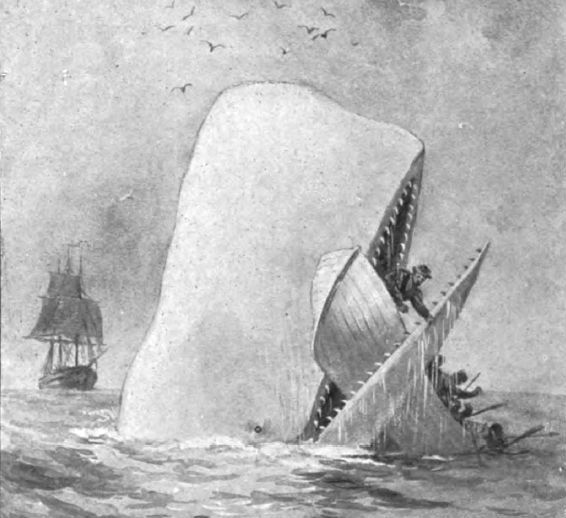
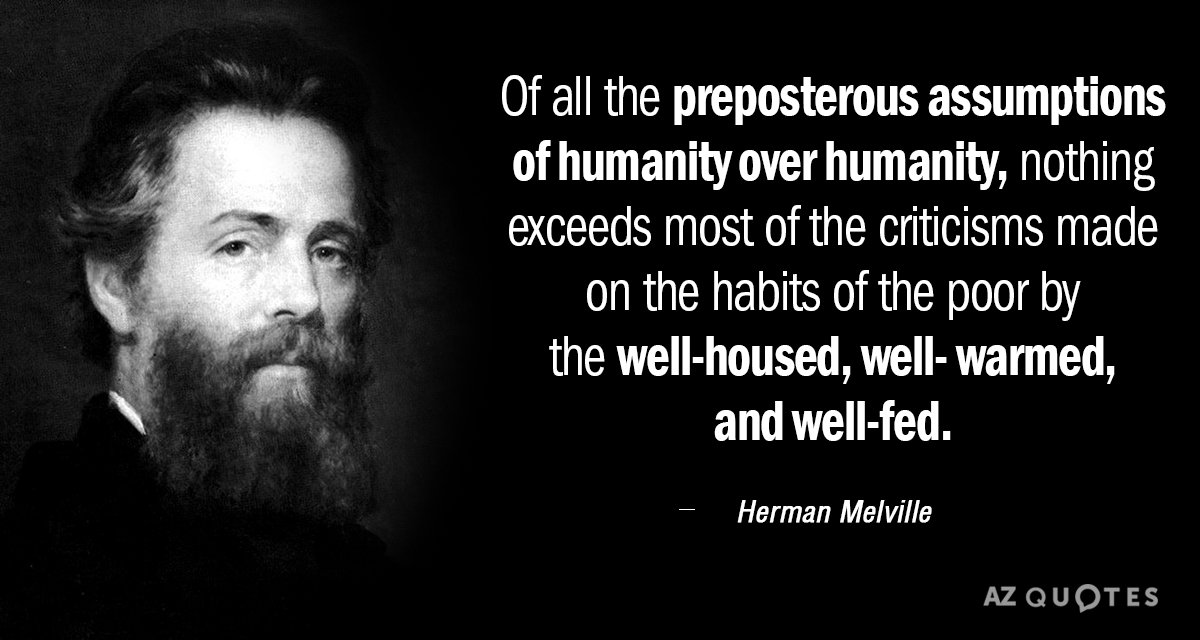

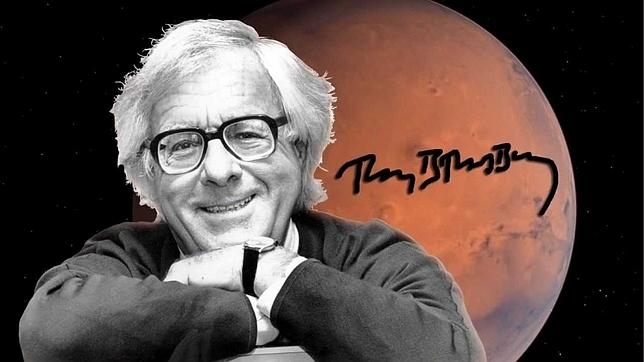
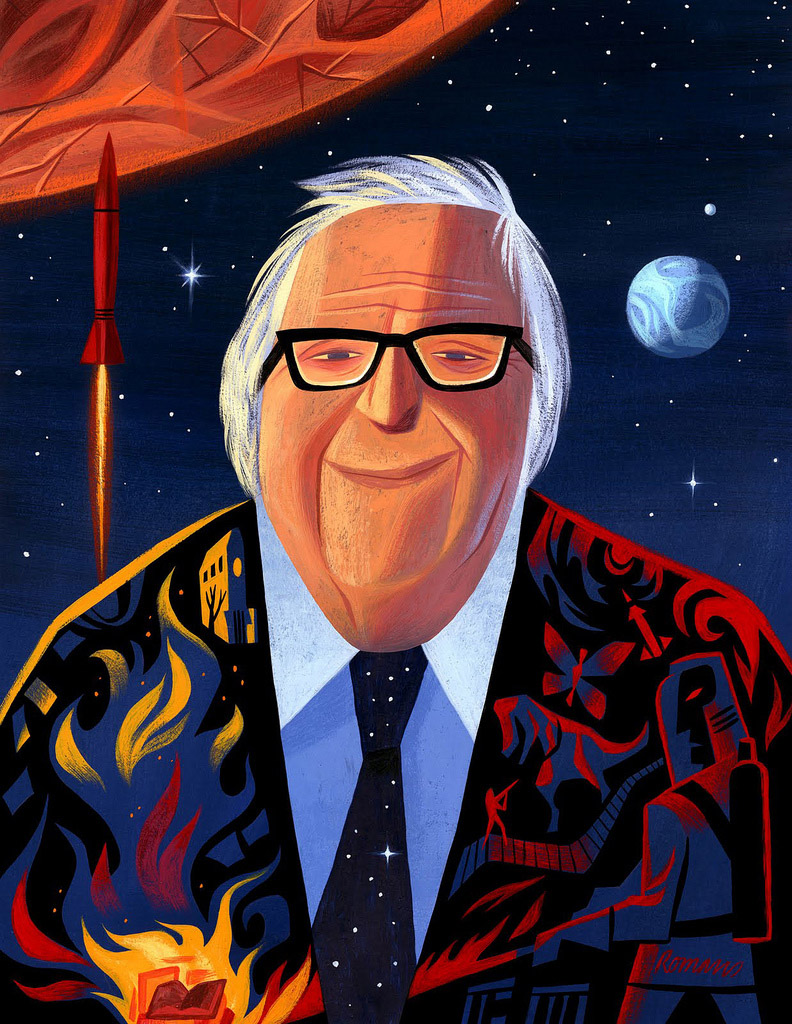 Bradbury was born on August 22nd, 1920, in rural Illinois. In 1932 at the age of twelve, Bradbury had a somewhat extraordinary experience with a traveling magician known as Mr. Electrico – who touched him on the nose and exclaimed “live forever!” – to which Bradbury took in the best way possible – his literature (which he began writing only days after this experience) will live forever. A couple short years later, the Bradbury family relocated to Los Angeles, where he was able to join the Los Angeles Science Fiction league as a teenager, and counted authors such as Robert Heinlein and Henry Kuttner among his mentors.
Bradbury was born on August 22nd, 1920, in rural Illinois. In 1932 at the age of twelve, Bradbury had a somewhat extraordinary experience with a traveling magician known as Mr. Electrico – who touched him on the nose and exclaimed “live forever!” – to which Bradbury took in the best way possible – his literature (which he began writing only days after this experience) will live forever. A couple short years later, the Bradbury family relocated to Los Angeles, where he was able to join the Los Angeles Science Fiction league as a teenager, and counted authors such as Robert Heinlein and Henry Kuttner among his mentors.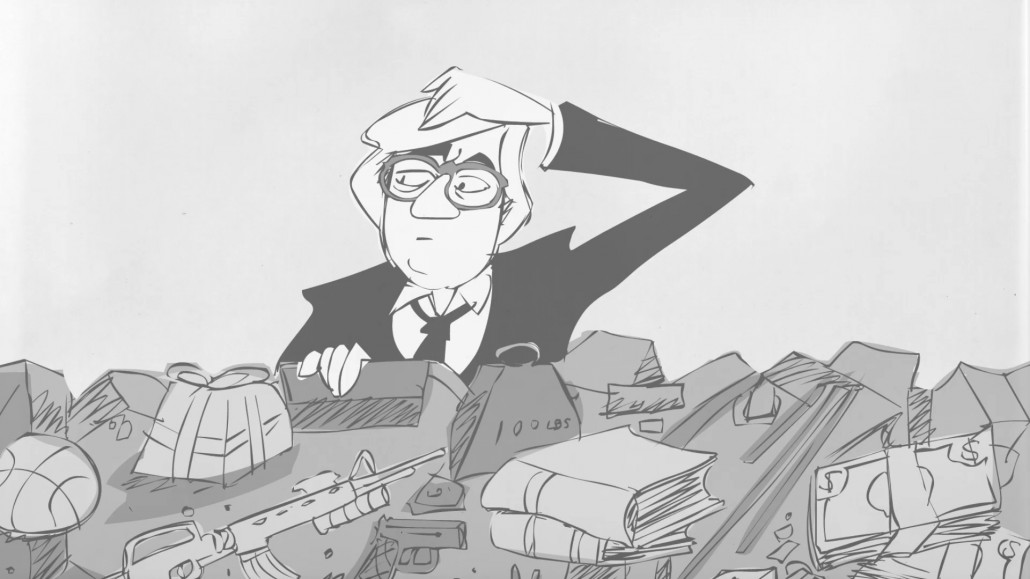
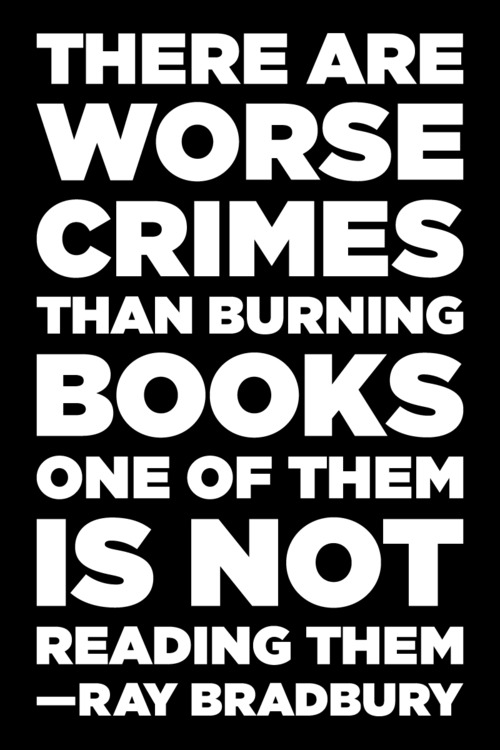 At the age of 19 his literary career began getting even more serious – and he honed with fantastical science fiction writing style by publishing his own fanzine, called Futuria Fantasia, and traveling to the first World Science Fiction convention, held in 1939 in New York City. His short stories began to be published in Science Fiction magazines such as Weird Tales and Super Science Stories. In the 1940s, Bradbury began to be published in high-end literary and social magazines like Harper’s, the American Mercury, Collier’s and The New Yorker – not typical for most science fiction writers. And to do it without losing sight of your style and genre – almost unheard of! Bradbury published short stories, series’, and novels over the coming years. In 1953 his novel Fahrenheit 451 hit the shelves – and is now regarded as one of his greatest works. It follows a futuristic world where censorship is in full force and follows the seduction of one firefighter through the world of literature. Fahrenheit 451 was closely followed by his collection The Golden Apples of the Sun, where the story inspiration for 20,000 Leagues Under the Sea was found. He followed up his works with more and more short stories, and more novels, until his later life, when he elected to turn more often towards poetry, drama and mysteries – including adapting his stories for the big screen. Despite being considered a primarily science fiction writer, Bradbury often considered his works more in the fantasy, horror and mystery genres – that he did not stay true to science fiction themes, with the exception of his novel Fahrenheit 451.
At the age of 19 his literary career began getting even more serious – and he honed with fantastical science fiction writing style by publishing his own fanzine, called Futuria Fantasia, and traveling to the first World Science Fiction convention, held in 1939 in New York City. His short stories began to be published in Science Fiction magazines such as Weird Tales and Super Science Stories. In the 1940s, Bradbury began to be published in high-end literary and social magazines like Harper’s, the American Mercury, Collier’s and The New Yorker – not typical for most science fiction writers. And to do it without losing sight of your style and genre – almost unheard of! Bradbury published short stories, series’, and novels over the coming years. In 1953 his novel Fahrenheit 451 hit the shelves – and is now regarded as one of his greatest works. It follows a futuristic world where censorship is in full force and follows the seduction of one firefighter through the world of literature. Fahrenheit 451 was closely followed by his collection The Golden Apples of the Sun, where the story inspiration for 20,000 Leagues Under the Sea was found. He followed up his works with more and more short stories, and more novels, until his later life, when he elected to turn more often towards poetry, drama and mysteries – including adapting his stories for the big screen. Despite being considered a primarily science fiction writer, Bradbury often considered his works more in the fantasy, horror and mystery genres – that he did not stay true to science fiction themes, with the exception of his novel Fahrenheit 451.

